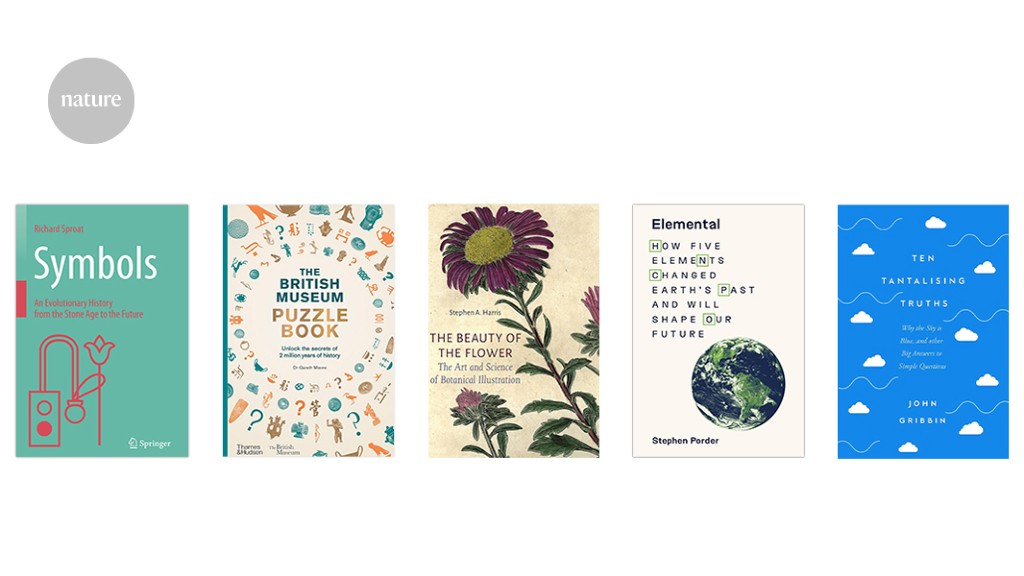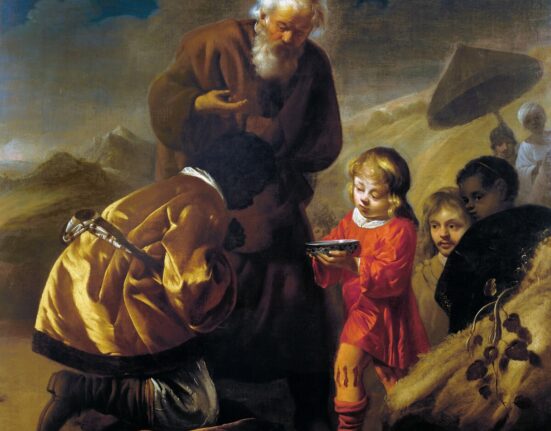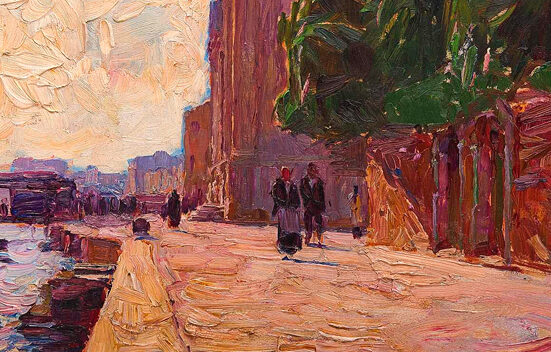
Symbols
Richard Sproat Springer (2023)
Linguists differ on what counts as writing. Inclusivists use the term to cover mathematical symbols and emoji, whereas exclusivists accept only symbol systems with a phonetic element, such as European alphabets and Chinese characters. Computational linguist Richard Sproat is an exclusivist. His ambitious, in-depth book is the first systematic study of all graphical symbol systems, from Palaeolithic cave paintings to ancient and contemporary linguistic scripts, and modern language-independent systems such as emoji.
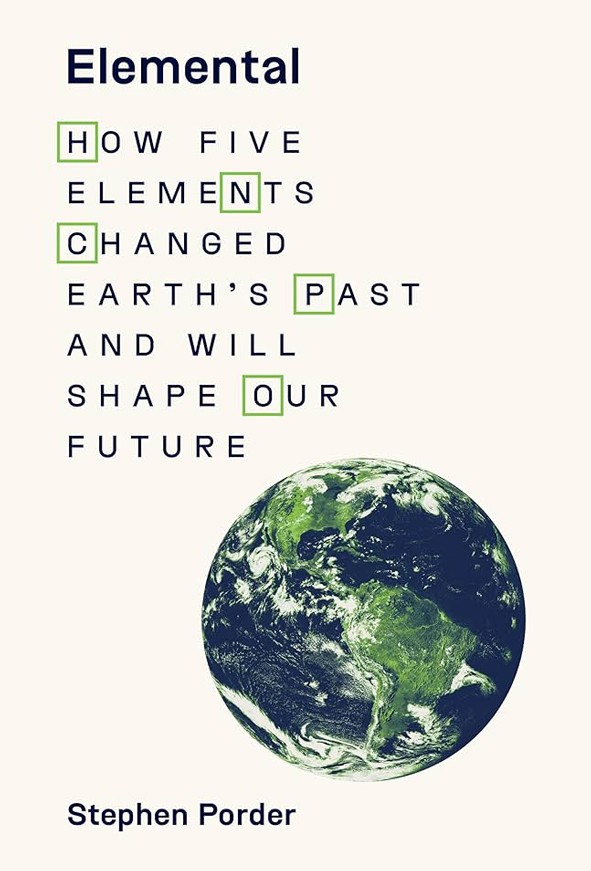
Elemental
Stephen Porder Princeton Univ. Press (2023)
There is little nitrogen in the central Equatorial Pacific Ocean, and so little lives there. But the eastern Pacific, flooded with nitrogen from ocean currents, swarms with life. Such contrasts fascinate biogeochemist Stephen Porder, whose wide-ranging book probes “Life’s Formula”: hydrogen, oxygen, carbon, nitrogen and phosphorus, key ingredients of living cells. These five elements link humans to cyanobacteria and plants, both causes of past climate change. Porder asks: how can we learn from previous environmental catastrophes?
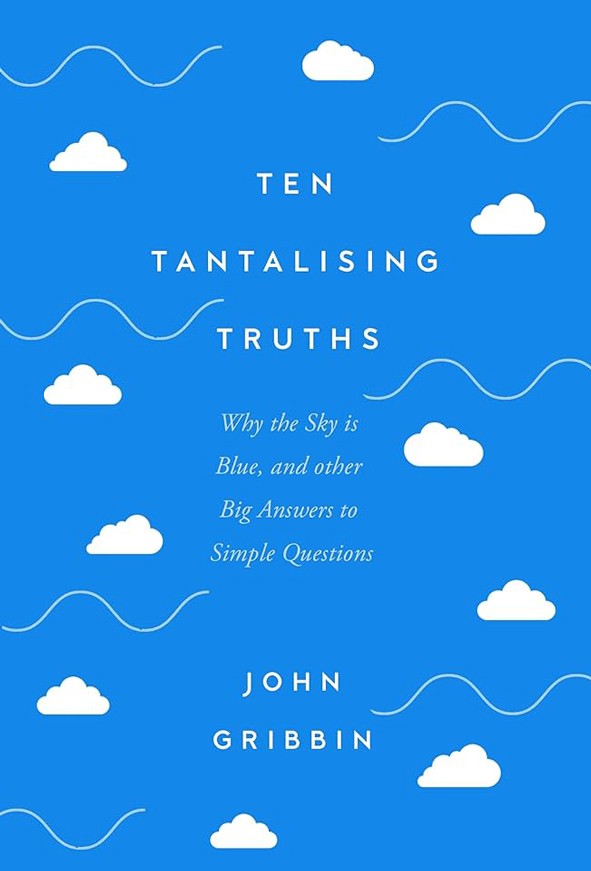
Ten Tantalising Truths
John Gribbin Icon (2023)
Astrophysicist and science writer John Gribbin was provoked to produce his latest book by ten challenging questions, some from his grandchildren. “Obvious questions do not always have obvious answers, which is part of the fun of science,” he notes. For example, to explain why the sky is blue, he invokes the work of Isaac Newton and Albert Einstein. Other questions cover the size of the Universe, the saltiness of blood and the relative sizes of men and women. Gribbin’s answers are knowledgeable, stimulating and sometimes entertaining.
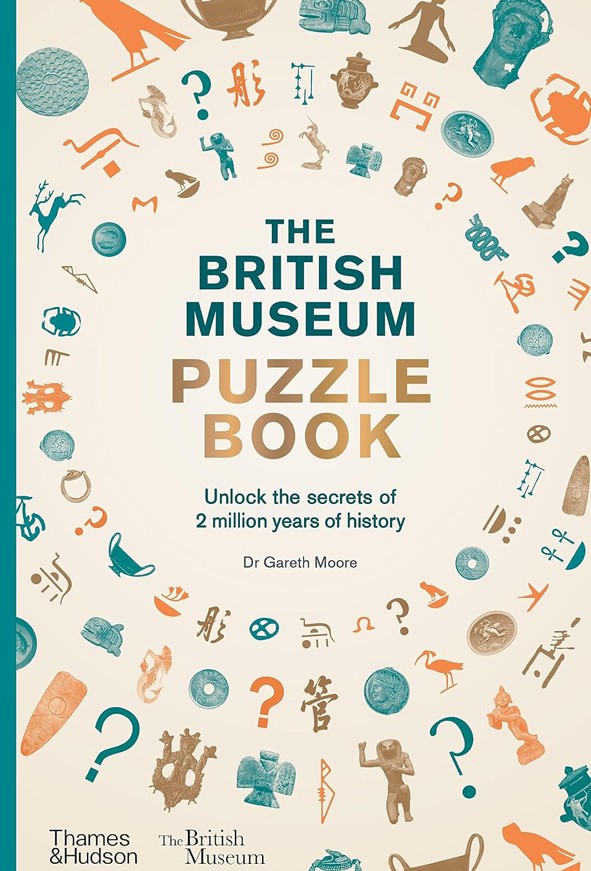
The British Museum Puzzle Book
Gareth Moore Thames & Hudson (2023)
The Rosetta Stone — an intriguing enigma until its 1820s decipherment — is often considered the most famous object in the British Museum in London. Many of the other eight million items remain puzzling, including the ancient Egyptian Rhind Mathematical Papyrus. They inspire this imaginative, witty, deliberately challenging assortment of puzzles created by brain trainer Gareth Moore. Ranging from everyday life, animals and myth and magic to the written word, it sadly omits the exquisite, as-yet-undeciphered, Indus inscriptions.
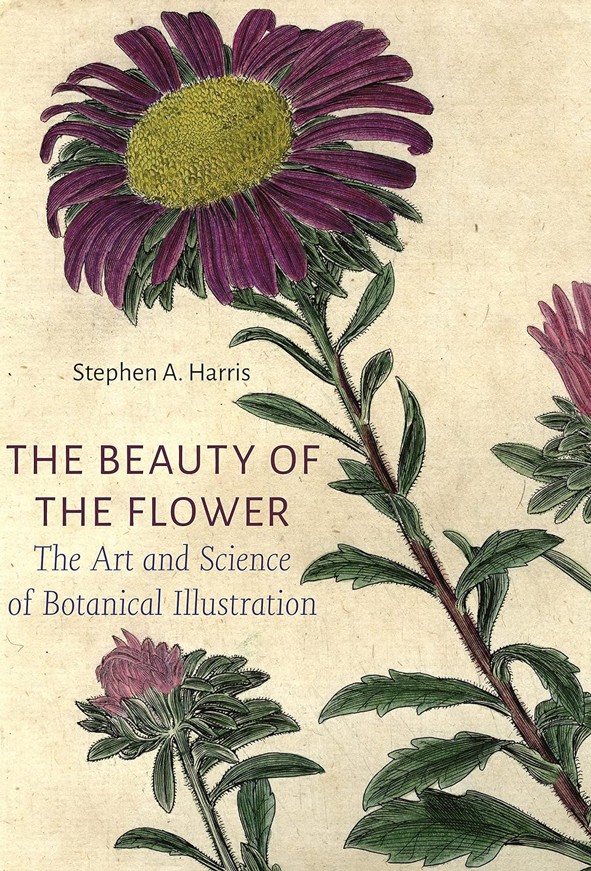
The Beauty of the Flower
Stephen A. Harris Reaktion (2023)
Scientific botanical illustration flowered in the Renaissance, thrived in the eighteenth century and declined in the nineteenth century with the rise of photography. Today it is generally associated mostly with art. But it remains “art with a scientific purpose: to record, display and convey scientific data about plants”, argues Stephen Harris, curator of Oxford University Herbaria, UK. His history, colourfully illustrated with exquisite illustrations unfamiliar outside specialist literature, brilliantly unifies art and science.
Competing Interests
The author declares no competing interests.

